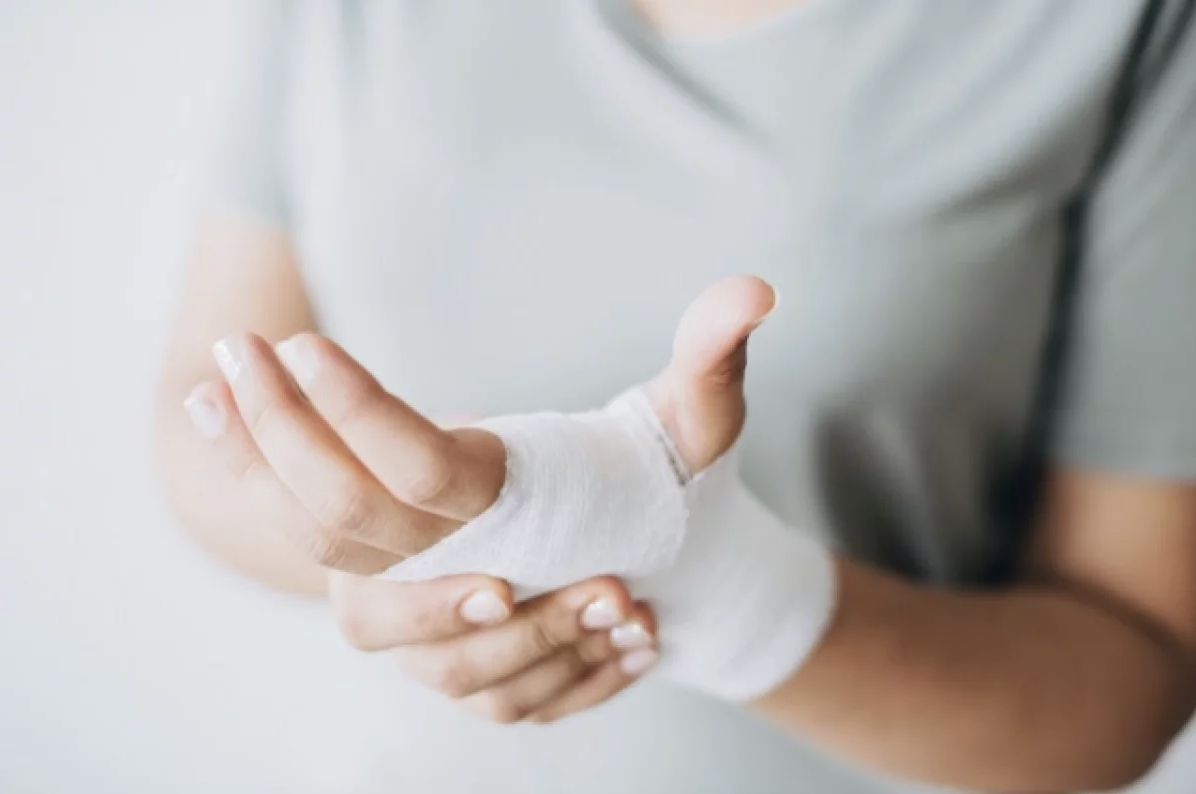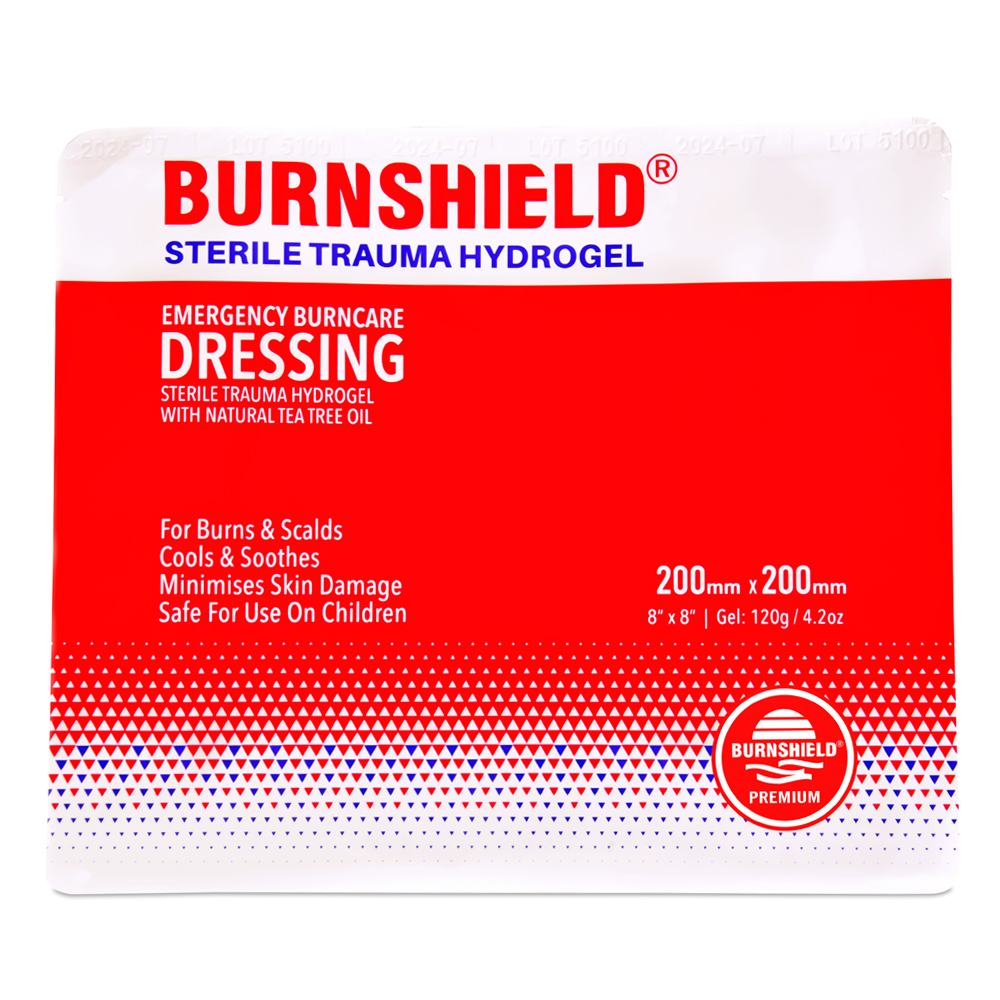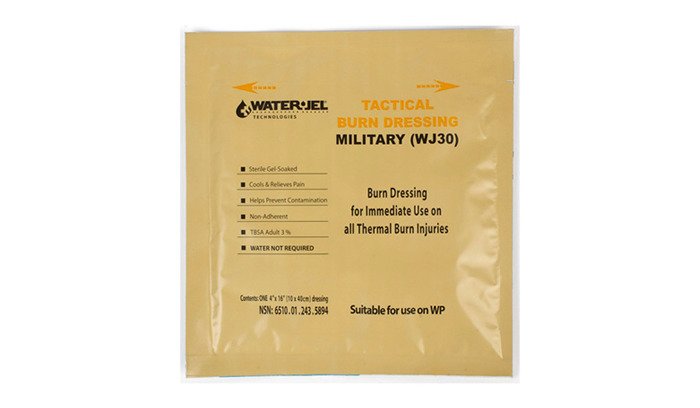Electrical Injuries and High-Energy Burns: First Aid and Difference from Thermal Burns
Content
- Features of Electrical Injuries
- How to Perform an Initial Assessment of the Victim
- How to Provide First Aid

Electrical injuries are classified as complex body traumas. Unlike thermal burns, the effect of electric current combines thermal, mechanical, and electrochemical damage to the body. Thermal burns, on the other hand, are injuries caused by contact with hot objects, liquids, or flames.
Features of Electrical Injuries
When electric current passes through the body, it increases the temperature of tissues, leading to the destruction of cells. This can disrupt the functioning of the cardiovascular and nervous systems and cause vascular damage.
Such injuries cause not only surface burns but also deep damage to muscles, blood vessels, and even internal organs. At the same time, it is often impossible to assess the true extent of injury by looking at the skin — the external burn may seem minor, while internal organs can be seriously affected. Therefore, first aid for electrical injuries should focus not only on treating the burns but also on monitoring vital body functions.
How to Perform an Initial Assessment of the Victim
To provide effective help, first ensure that the power source has been disconnected. If the person is still in contact with electricity, never touch them with bare hands — the rescuer could get electrocuted as well.
What to do in such a situation:
- Turn off the power switch or unplug the device.
- If access to the switch is not possible, pull the wire away using a dry wooden stick, a plastic object, or a piece of fabric. The main rule: the material must not conduct electricity.
- Stand on a dry surface and, if possible, use an insulating object — such as a wooden board or a rubber mat.
Once the power source has been safely removed, assess the victim’s condition:
- Is the person conscious?
- Is there breathing?
- Is there a pulse?
- Are there convulsions?
- Are there visible burns at the entry and exit points of the current (most often — hands and feet)?
If there is no breathing — immediately start cardiopulmonary resuscitation (CPR). If the person is conscious, try to calm them down. Then lay the victim flat and prevent movement to avoid spasms or internal injuries.
How to Provide First Aid
After disconnecting the current and performing an initial assessment, take the following steps:
- Call an ambulance — even if the victim says they feel fine.
- Check if pulse and breathing are stable.
- Stop any bleeding using hemostatic dressings or a tourniquet.
- Treat the burns: cool the affected area with cool running water. Do not apply greasy ointments, creams, or oils — this will only make the injury worse. Apply a dry sterile dressing instead.
Do not puncture blisters if they form. Stay close to the victim to monitor their condition. If chest pain occurs, report it immediately to medical personnel.
Even if the person insists they are fine, do not let them stand up or move actively — it can worsen their condition.
It is important to understand: even a minor-looking burn can hide severe internal damage. Electric current passes through the path of least resistance — through nerves, blood vessels, the heart, and muscles — destroying them from the inside.
That is why it is essential not only to provide basic first aid but also to seek professional medical assistance as soon as possible.









